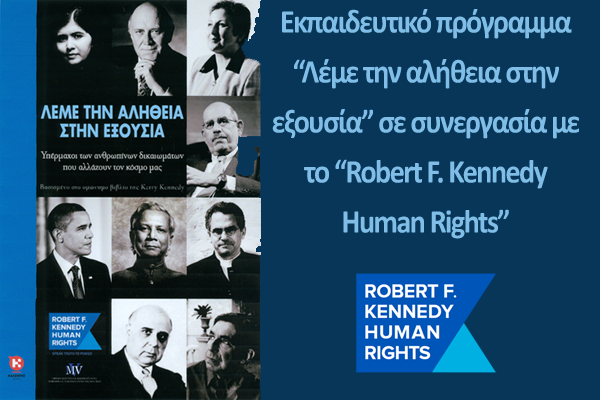Menu for Implementation
In Your School:
- Teach STTP
- Adapt a lesson and submit it to STTP
- Map a lesson into your current curriculum
- Utilize one or more lessons as part of Advisory
- STTP mini-mester
- Introduce STTP to administrators, department, students
- Train other teachers
- Work with your students to Become A Defender
- Organize a STTP Human Rights Day
- Incorporate STTP into year-round student programming
- Invite a STTP defender to speak at your school
- Work with your students on the video contest
- Highlight STTP Defenders around the school and highlight members of the school community who are your local human rights defenders
In Your District:
- Present STTP at a district-wide meeting
- General meeting or subject-specific (safe schools, student programming)
- Present STTP at an area conference (subject-focused, through the union)
- Meet with your district curriculum coordinator
In Your State/Province:
- Present STTP at a state/province-wide meeting
- General meeting or subject-specific (safe schools, student programming)
- Present STTP at a state/province-wide conference
- Subject-focused, through the union
- Meet with your state/province education leadership
Nationally:
- Present STTP at a national meeting (general meeting or subject-specific)
- Present STTP at a national conference (subject-focused, through the union)
Internationally:
- Present STTP at an international conference
- Join other international organizations for a day of action
Universal Declaration of Human Rights
"Education shall be directed to the full development of the human personality and to the strengthening of respect for human rights and fundamental freedoms. It shall promote understanding, tolerance and friendship among all nations, racial or religious groups, and shall further the activities of the United Nations for the maintenance of peace."
Human Rights Education Framework
Human rights education (HRE) strives to create a learning environment where human rights are practiced daily by the school community.
- The Learning Environment: Includes social and emotional development alongside cognitive learning.
- Teaching and Learning: Methodologies are participatory, democratic, and human-rights-based.
- Education and Professional Development: Empowers educators with knowledge and commitment to human rights.
- Policy Implementation: Requires strategic consistency, budgeting, monitoring, and accountability.
Tips for Teachers
This curriculum introduces general human rights issues through stories of remarkable individuals and encourages students to engage personally in protecting human rights.
- Understand that human rights violations are defined by international law.
- Foster critical thinking by designing activities that integrate human rights values.
- Incorporate creative methodologies such as storytelling, brainstorming, and role-playing to make learning interactive and impactful.
Teaching Methods
- Role-Playing: Improves empathy and understanding of real-world scenarios.
- Brainstorming: Sparks creativity and generates diverse ideas quickly.
- Interactive Activities: Engage students with hands-on methods to explore human rights topics.
- Media and Interviews: Use photographs, films, and personal narratives to deepen students' connection to the subject.
Developmental Framework
- Elementary Level: Focuses on respect for self and others.
- Middle School: Introduces social responsibility and basic human rights concepts.
- High School: Explores human rights as universal standards and encourages active participation.



